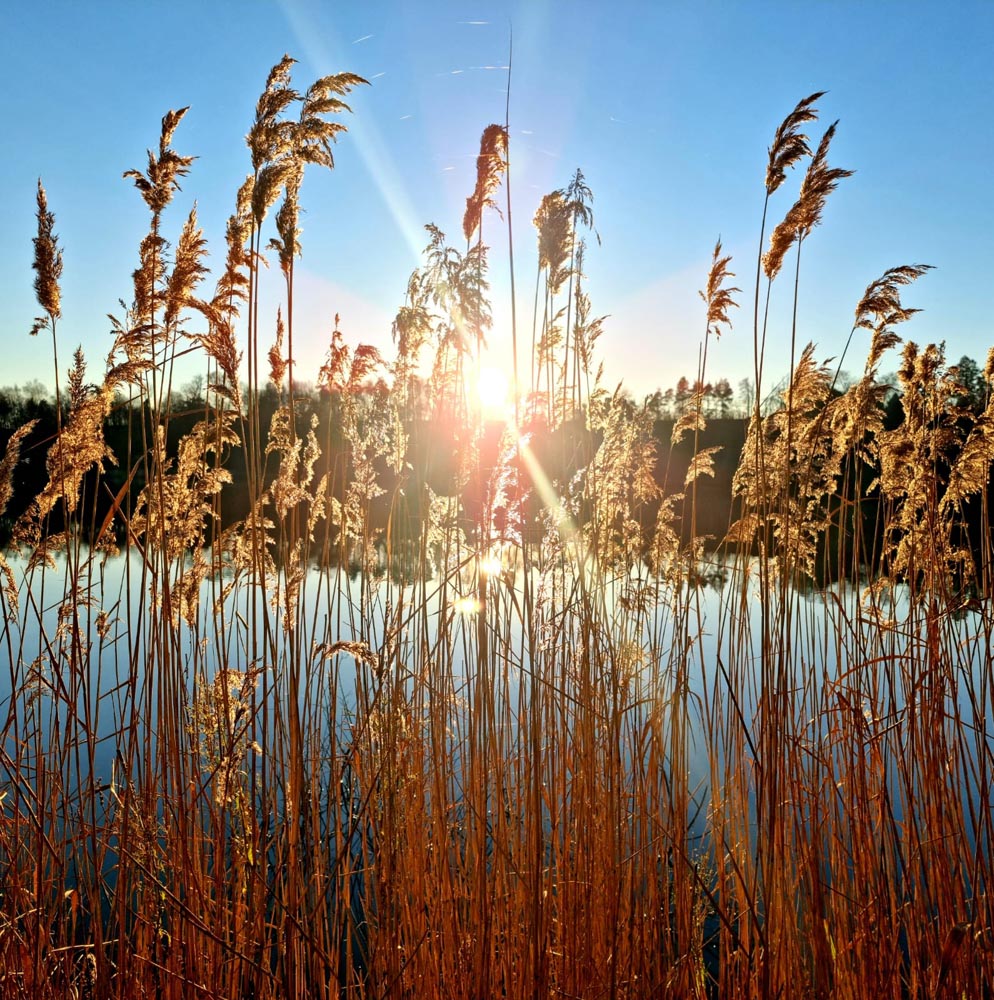Common Reed (Phragmites australis) is a tall, perennial grass species native to the United Kingdom and belonging to the Poaceae family. It is widespread and abundant in wetland habitats such as marshes, riverbanks, lakeshores, and estuaries throughout the UK.
Common Reed thrives in nutrient-rich, moist to wet soils, and can tolerate a wide range of soil types, including clay, silt, and peat. It is typically found in areas with shallow water levels and can grow in both freshwater and brackish environments.
Predators of Common Reed include herbivores such as waterfowl, grazing mammals, and insects, which may feed on its foliage and seeds. However, its dense growth habit and tough stems often provide some protection from extensive browsing.
As a perennial grass, Common Reed can live for several years, forming dense stands of tall, erect stems and linear leaves. It produces feathery flower spikes in late summer to early autumn, which provide habitat and food for various wildlife species, including birds and insects.
Culturally, Common Reed has been used for centuries by humans for various purposes. Historically, it has been harvested for thatching material, basket weaving, and as a natural building material. Today, it is still used in traditional crafts and as a habitat restoration tool in wetland conservation projects.
An interesting fact about Common Reed is its ability to spread rapidly and form large monocultures in suitable habitats, often outcompeting native vegetation and altering wetland ecosystems. However, when managed sustainably, it can also provide valuable ecosystem services such as habitat provision, erosion control, and water purification.

